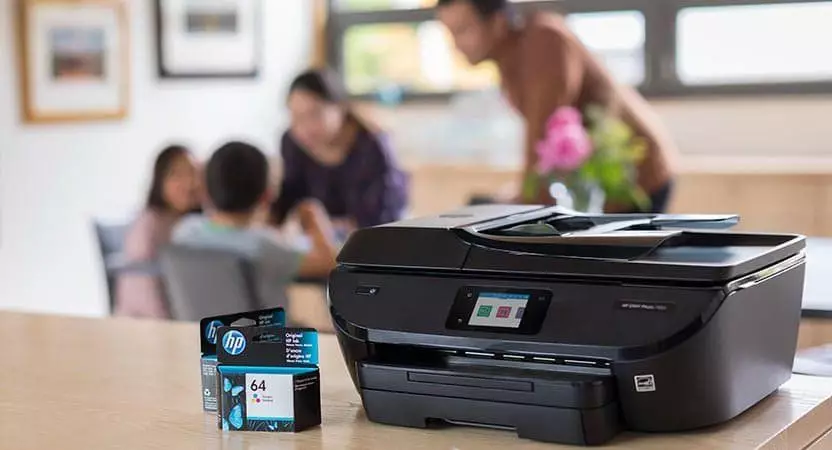The world of printing has often been marred by disputes over ink compatibility, particularly between manufacturers and consumers seeking affordability. Recently, HP has found itself in the crosshairs of a class-action lawsuit that has sparked significant discussion around its controversial ‘dynamic security’ measures. At the heart of this issue is a firmware update issued in November 2020 that effectively barred certain HP printers from functioning with non-HP ink and toner, leading to claims that HP was unfairly promoting a monopoly on printing supplies. This system, designed to authenticate only HP cartridges, has raised eyebrows and generated significant pushback from consumers who felt misled.
HP’s long-term strategy hints at a subscription model for printing that many users find disconcerting. The dynamic security measures, intended to restrict third-party cartridges, were put in place without clear consumer consent post-purchase. For many, the printers were advertised as compatible with a wider range of cartridges, only for those promises to be rendered moot by a firmware update. The lawsuit sheds light on an often obscure aspect of consumer rights in technology — the ability to retain freedom of choice in the products and supplies they use.
The Legal Landscape and Its Implications
The courtroom drama that surrounded this lawsuit culminated in an August 2024 settlement. However, the outcome has proven to be less than satisfying for the affected consumers. HP did not admit any wrongdoing and, notably, did not offer any financial restitution to consumers impacted by the firmware changes. Instead, the settlement allotted $5,000 to the two key representatives of the original class action, a decision that raises questions about accountability in corporate practices.
The lawsuit frames HP’s firmware updates as acts akin to installing malware, effectively locking users into a closed ecosystem that prioritizes profits over consumer autonomy. The implications of this legal battle extend far beyond typical corporate missteps; they strike at the core of consumer rights and technological freedom. By discouraging or disabling the use of third-party ink, HP not only minimizes cost-saving options for users but also fosters an environment where competition is stifled.
The Settlement’s Payoff and Consumer Options
While the settlement may have failed to provide compensation to affected consumers, there is a silver lining for those using ‘Class printers’. Specifically, HP has agreed to allow certain models manufactured before 2016 — and selected models post-2016 — the choice to decline the ‘dynamic security’ updates that limit their sonic compatibility. This does open pathways for users to utilize third-party ink solutions, potentially offering significant cost savings.
Moreover, users who have found themselves stuck with dynamic security already in place have limited options to revert back. HP has provided a firmware update for a specific subset of printers to disable this security feature; however, such transparency about which models qualify for this solution has been less than adequate. Consumers should leverage HP’s support pages to determine if their printer qualifies, as this step is crucial in preventing undue lock-in to a costly printing ecosystem.
The Future of Printing: A Call for Consumer Vigilance
This recent debacle serves as a pivotal moment for consumers in the tech landscape. The fallout from HP’s actions is emblematic of a broader issue within the consumer technology market, where reliance on proprietary systems can lead to inflated costs and decreased freedom. As consumers, it is crucial to remain vigilant and informed. As HP and other manufacturers continue to push for subscription models, users need to understand their rights and advantages when it comes to product use.
The dynamic security controversy should encourage consumers to scrutinize their purchases more critically. Being equipped with knowledge about a printer’s compatibility, especially regarding ink and toner, is as essential as understanding the features of the devices themselves. Advocating for transparency in firmware updates and setting clear expectations for compatibility should become standard for consumers, ensuring that companies are held accountable for their practices.
In a marketplace increasingly driven by subscription models and proprietary technologies, the recent class-action lawsuit against HP serves as an urgent reminder: consumers must assert their rights and demand fair practices from corporations who often prioritize profit over their needs. The dynamic security measures may have been a setback, but the path forward can still prioritize consumer choice and fair market practices.


Leave a Reply